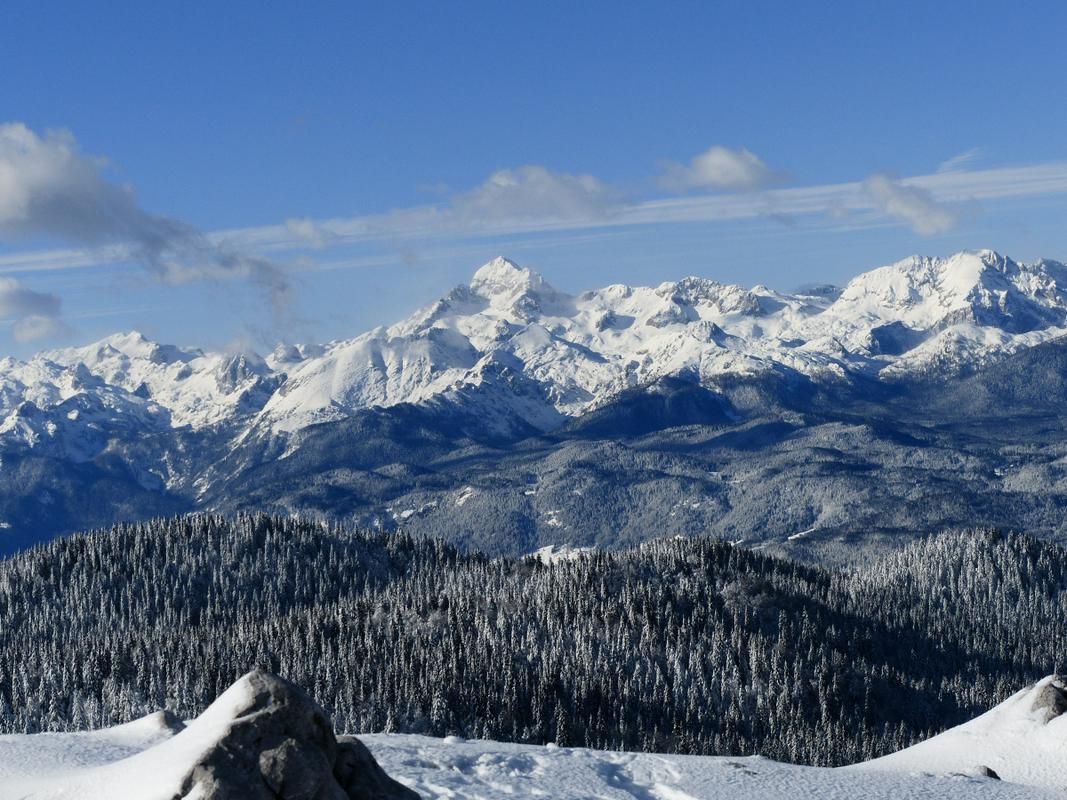
For many Slovenians, climbing Mount Triglav is a rite of passage. You are not a real Slovenian, the saying goes, until you have successfully climbed the country’s highest peak.
It wasn’t always this way. For centuries, the rocky peaks of the Alps were considered a wild and dangerous place, an otherworldly realm which people from the valleys dared not to visit. Herdsmen would drive their cattle and sheep to highland pastures, but the desolate landscapes far above the tree line remained squarely off-limits. Even Slovenia’s highest mountain, the 2864-meter-high Triglav, remained unvisited.
That changed in 1778, when four locals from the Bohinj Valley climbed the mountain. Two of them were miners, another was a hunter, while the fourth climber made his living as a healer. They were spurred to make the climb by a handsome monetary prize offered by a wealthy nobleman. They were, in all likelihood, the first people ever to set foot on top of the highest peak of the Julian Alps, and they proudly chiseled their names in rock.
The fact that they were all locals was significant, but the battle to claim Triglav was just getting started. Throughout the 19th century, both ethnic Slovenian and ethnic German mountaineering organizations vied for supremacy on the mountain, each organizing expeditions and building separate huts.
The, after World War I, Triglav was divided between Italy and the new Yugoslav state. During that time, the famous Aljaž Tower, built at the top of the mountain in 1895 by a Slovenian priest, was painted in Italian national colors.
After the border shifted in the wake of World War II, Triglav became an entirely Slovenain mountain, albeit still within Yugoslavia. That changed in June 1991 when Slovenia became an independent country. Just before the country’s independence was proclaimed, a team of climbers, bearing torches, made their way to the top of Triglav. They unfurled the Slovenian flag –still without its coat-of-arms. The event was filmed from a helicopter, and the resulting images became one of the most iconic moments associated with Slovenia’s independence.
More than 200 years after four brave locals climbed Mount Triglav, the peak was finally in Slovenian hands.


































































